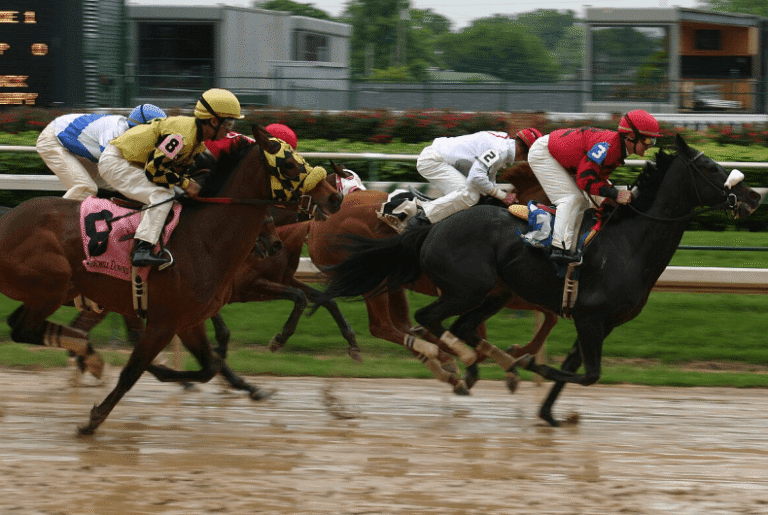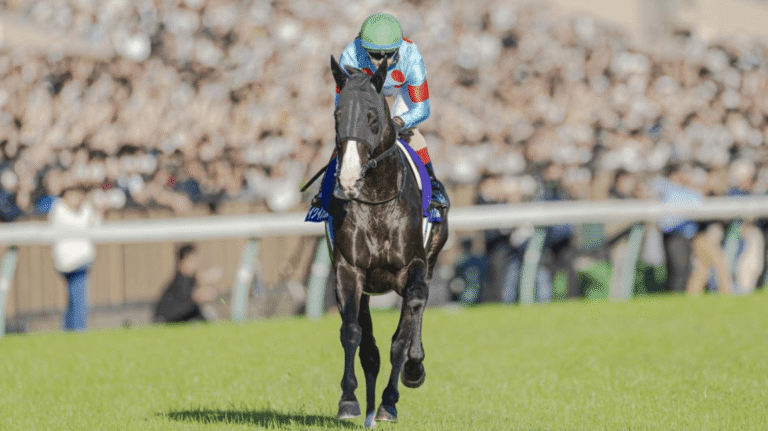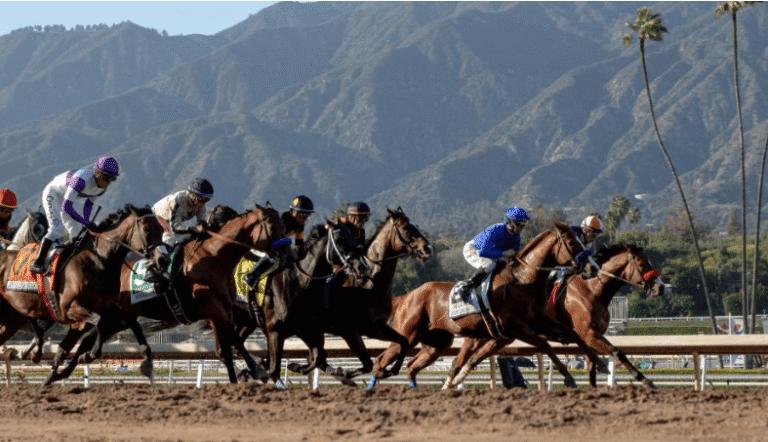Horse Racing for Beginners: Key Terms You Need to Know

Horse racing offers a unique blend of excitement and strategy, making it essential for newcomers to grasp key terminology. Understanding race types, betting odds, and the roles of horses and jockeys can elevate one’s experience. Familiarity with race day terms also enhances engagement. As the sport unfolds, the nuances of these terms reveal deeper layers of strategy and anticipation. What other insights await those willing to explore further?
Understanding Race Types
In the dynamic world of horse racing, understanding the various race types is crucial for both novice and seasoned enthusiasts.
Flat racing, characterized by its level tracks and speed-focused contests, contrasts sharply with jump racing, where horses navigate obstacles and hurdles.
Each race type offers unique challenges and thrills, catering to diverse interests and allowing fans to fully appreciate the sport’s exhilarating freedom.
Common Betting Terminology
Understanding common betting terminology is essential for anyone looking to engage in horse racing, as it lays the foundation for informed wagering decisions.
Key concepts include betting odds, which represent the probability of a horse winning, and various wagering strategies that can maximize potential returns.
Familiarity with these terms empowers bettors to navigate the excitement of horse racing with confidence and clarity.
See also: Horse Racing and Its Impact on Pop Culture and Movies
Horse and Jockey Lingo
Betting terminology provides a solid groundwork for horse racing enthusiasts, but knowledge of horse and jockey lingo is equally important in enhancing the overall experience.
Understanding these terms can deepen appreciation for the sport. Key concepts include:
- Saddle Fitting: Critical for a horse’s comfort and performance.
- Jockey Silks: Colorful attire identifying each jockey and their associated horse.
- Post Position: The starting gate position affecting race strategy.
Key Race Day Terms
Race day is an exhilarating experience, filled with anticipation and excitement for both spectators and participants.
Key race day terms include “race day preparations,” which encompass everything from horse grooming to strategy discussions, and “track conditions,” referring to the surface’s state affecting performance.
Understanding these terms enhances one’s appreciation of the sport, allowing fans to engage more deeply with the thrilling atmosphere.
Conclusion
In conclusion, diving into horse racing is like joining a high-stakes game of chess—except the pieces are four-legged athletes, and the pawns wear colorful silks. By mastering key terms, beginners can avoid the embarrassment of asking if post positions are where horses go for their morning coffee. So, saddle up and embrace the thrilling chaos of the track, where every race is a chance to impress your friends with your newfound knowledge—just don’t forget to place a bet on the one that looks fastest!





